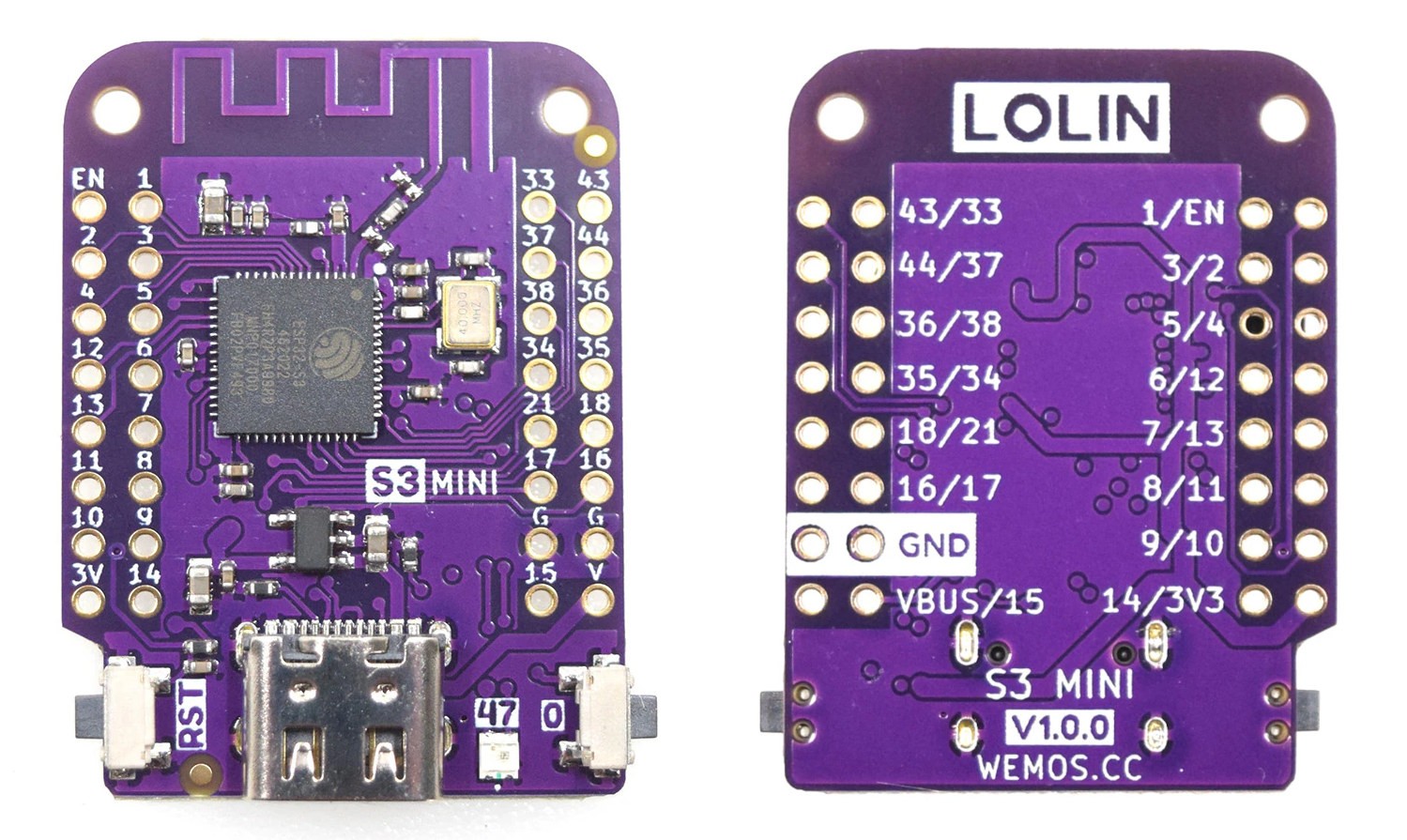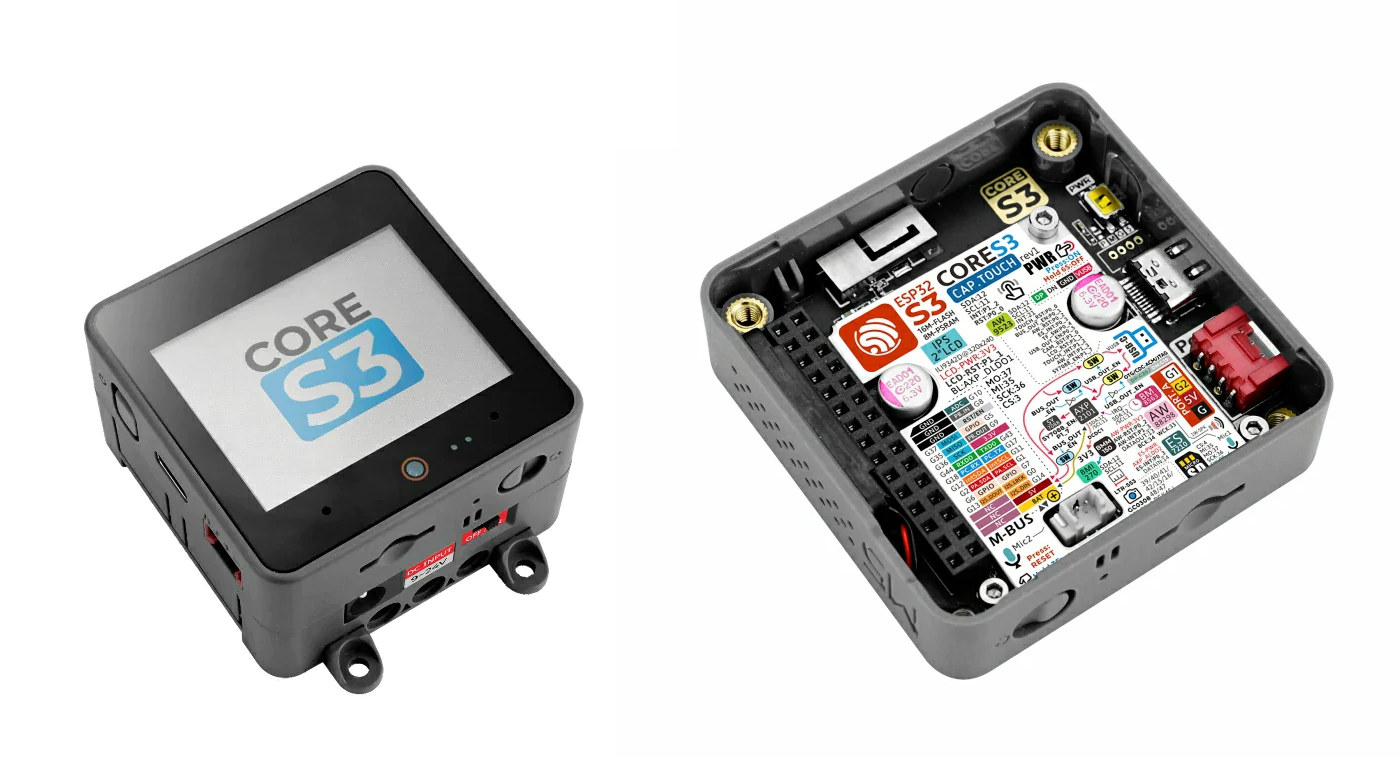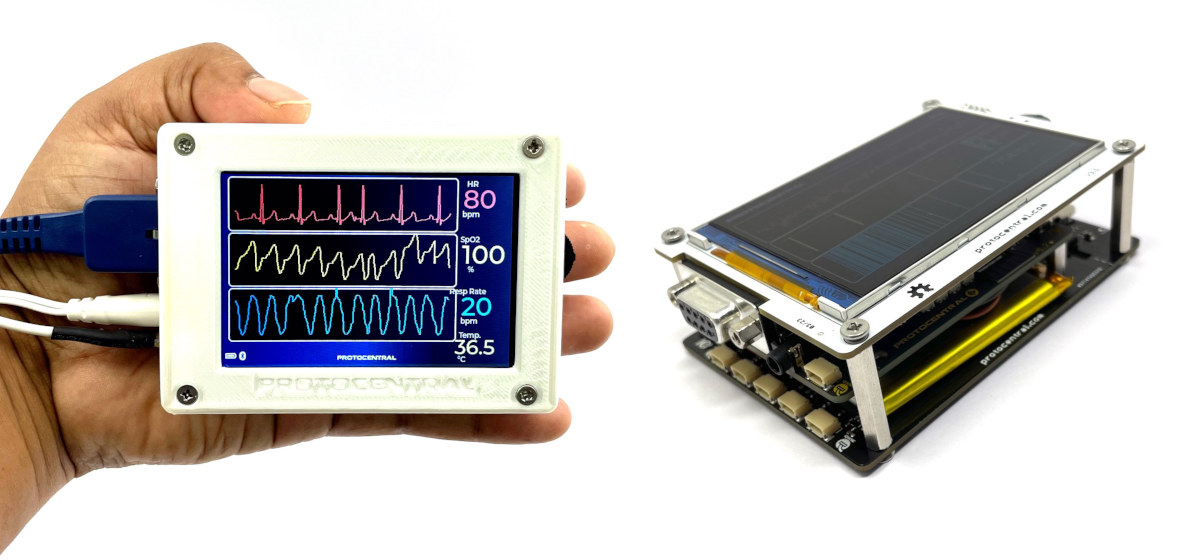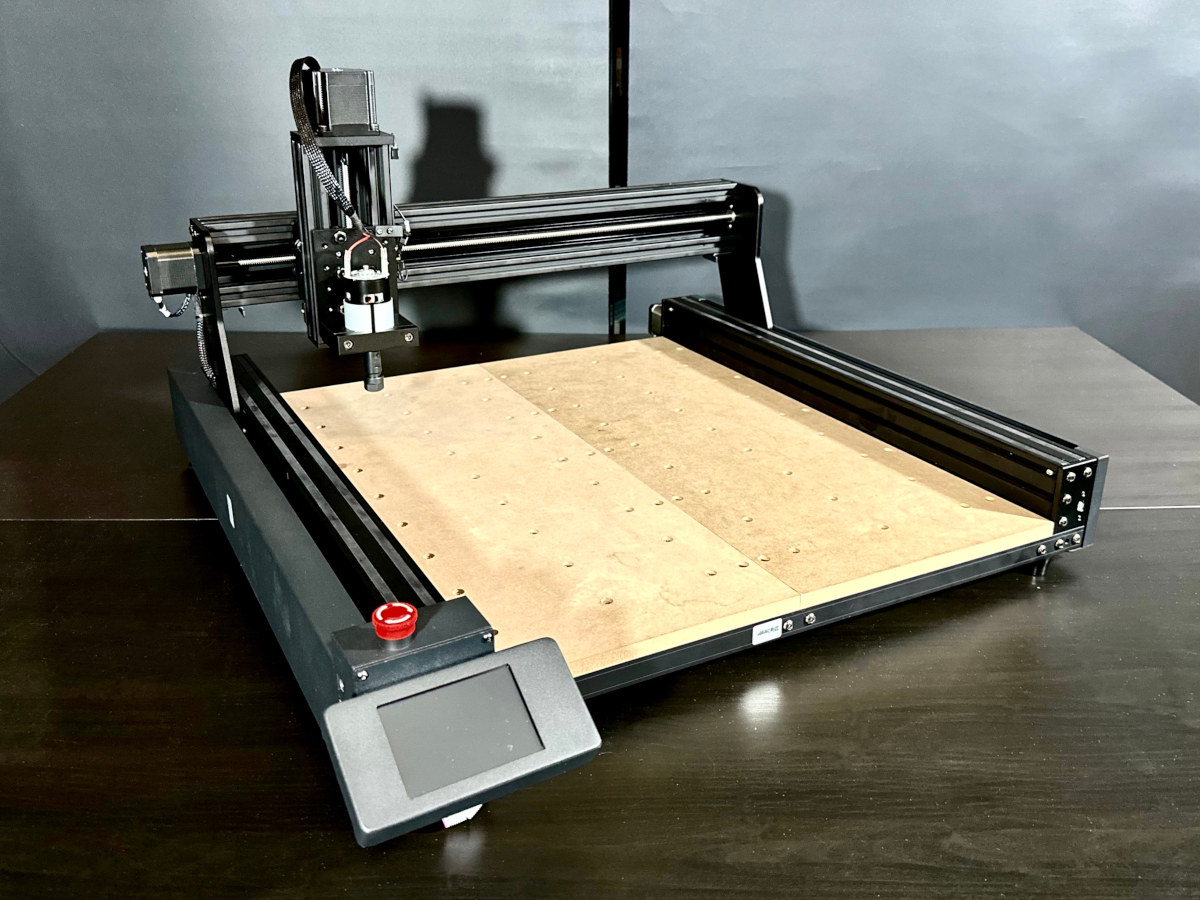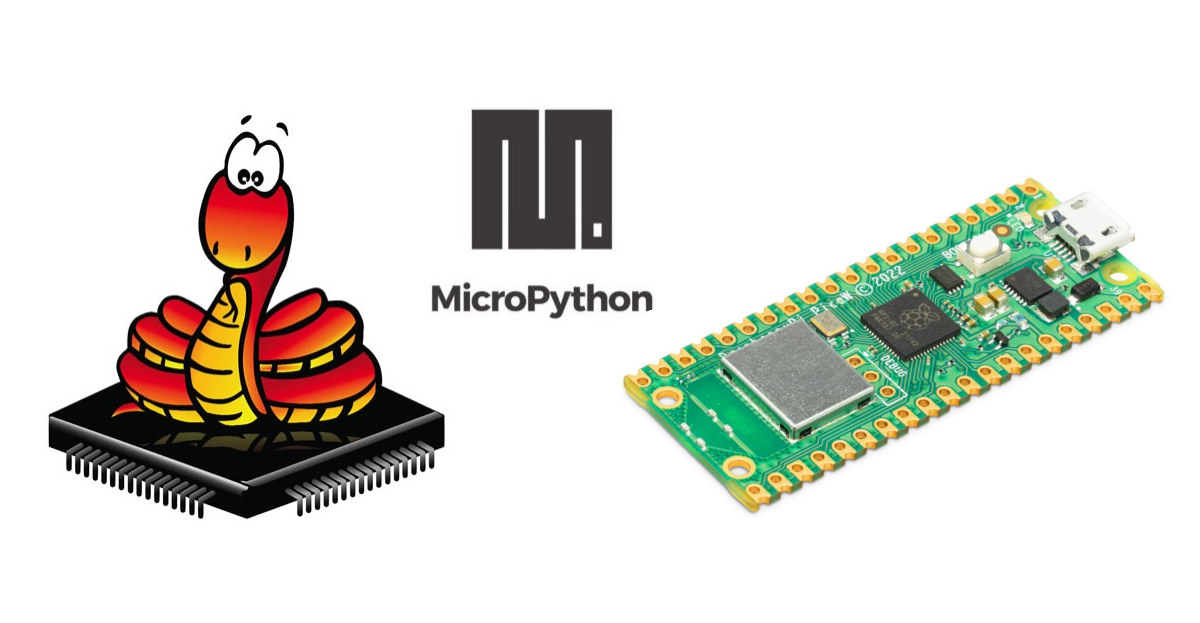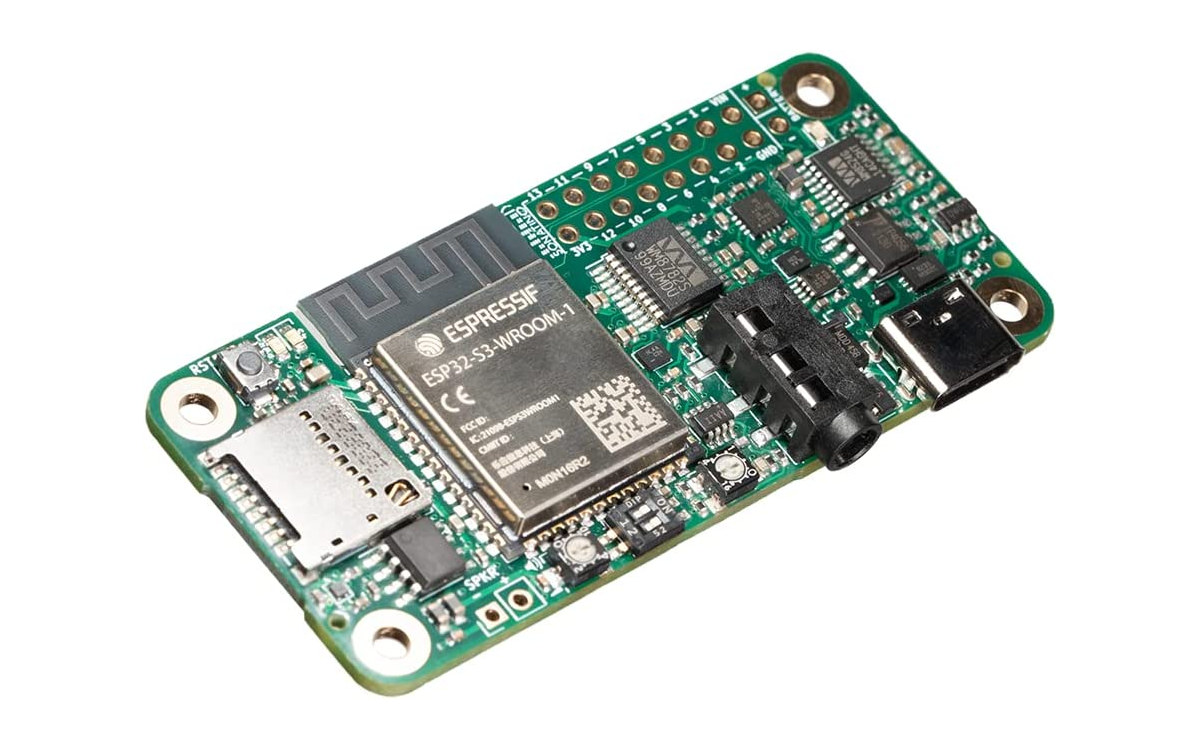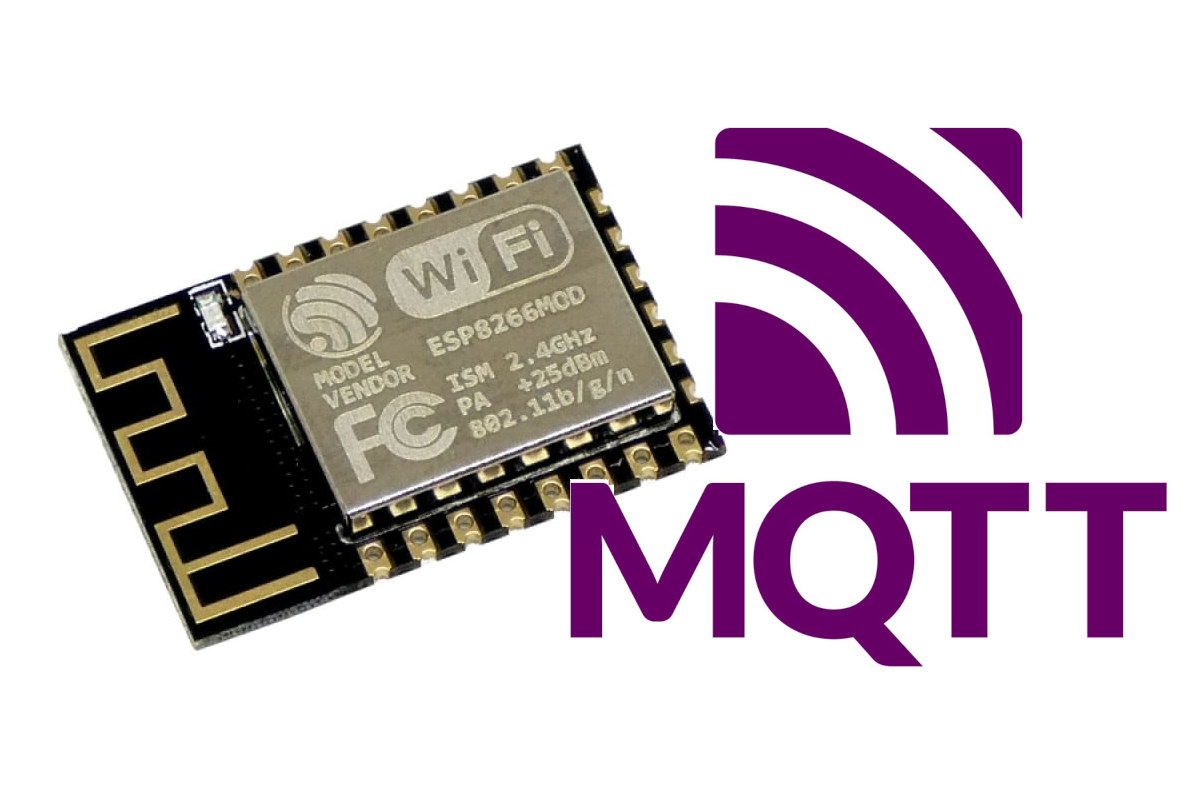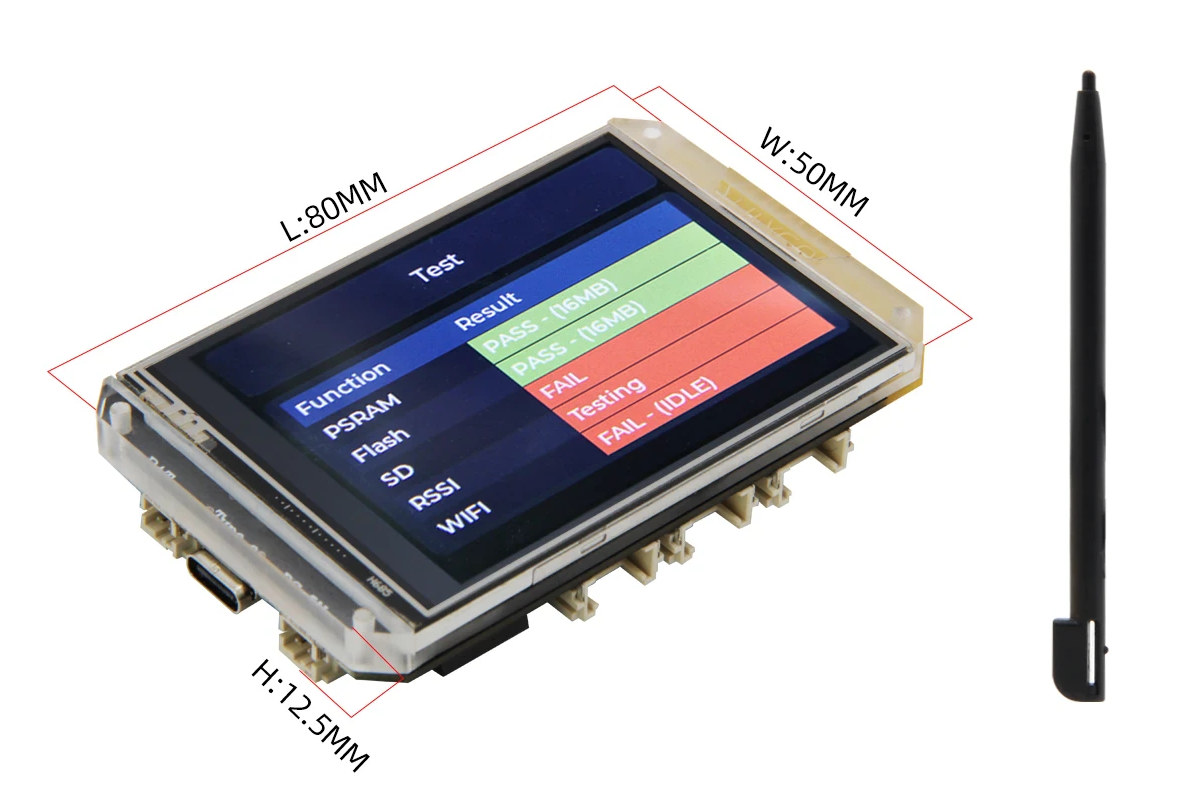LOLIN S3 Mini is a tiny ESP32-S3 WiFi and Bluetooth IoT development board that follows the Wemos D1 Mini form factor and supports its equally tiny stackable shields to add relays, displays, sensors, and so on. Wemos/LOLIN introduced their first ESP32-S3 board last year with the LOLIN S3 board with plenty of I/Os and an affordable $7 price tag. But I prefer the company’s Mini form factor because of its size and the ability to select add-on boards to easily add a range of features to your projects. So I’m pleased to find out the company has now launched the LOLIN S3 Mini following the ESP32-C3 powered LOLIN C3 Mini board unveiled in March 2022. LOLIN S3 Mini specifications: WiSoC – Espressif Systems ESP32-S3FH4R2 CPU – dual-core Tensilica LX7 @ up to 240 MHz with vector instructions for AI acceleration Memory – 512KB RAM, 2MB PSRAM Storage – 4MB QSPI […]
$60 M5Stack CoreS3 ESP32-S3 IoT controller comes with 2-inch display, VGA camera, multiple sensors
M5Stack CoreS3 is a battery-powered ESP32-S3 IoT controller with WiFi and Bluetooth connectivity, a 2-inch touchscreen display, a 0.3MP camera, a microSD card slot for storage, several sensors, plenty of I/Os, a USB Type-C OTG port, as well as a 9V to 24V DC input port. That’s the second ESP32-S3 IoT controller from M5Stack we’ve seen this year, as the CoreS3 follows the smaller M5Stack AtomS3 with a 0.85-inch display, only a few I/Os, and fewer features overall although it does come with an IR transmitter that’s missing from the larger CoreS3. M5Stack CoreS3 specifications: Wireless MCU – Espressif Systems ESP32-S3FN16R8 dual-core 32-bit Xtensa LX7 microcontroller with AI vector instructions up to 240MHz, RISC-V ULP co-processor, 512KB SRAM, 2.4GHz WiFi 4 (802.11b/g/n), Bluetooth 5.0 BLE + Mesh, 16MB flash, 8MB PSRAM Antenna – Internal “3D” antenna Storage – MicroSD card slot Display – 2-inch display with 320×240 resolution via ILI9342C […]
HealthyPi 5 WiFi & BLE biosignal-acquisition sensor platform captures body temperature, ECG, PPG, SpO₂, and other vitals (Crowdfunding)
HealthyPi 5 is an open-source sensor platform for biosignal acquisition based on Raspberry Pi RP2040 microcontroller and ESP32-C3 WiFi & BLE module used to capture vitals such as electrocardiogram (ECG), respiration, photoplethysmography (PPG), oxygen saturation (SpO₂), and body-temperature data. It is a complete redesign of the HealthyPi v4 Raspberry Pi HAT with many of the same features. While the HealthyPi 5 also follows the Raspberry Pi HAT form factor and can be connected to a Raspberry Pi SBC to analyze the data, it can also be used as a standalone device with the processing handled by the RP2040 dual-core Cortex-M0+ microcontroller and connectivity through an ESP32-C3 wireless module, and data visualized on a 3.5-inch SPI display or a smartphone over WiFi or Bluetooth. HealthyPi 5 specifications: MCU – Raspberry Pi RP2040 dual-core Arm Cortex-M0+ microcontroller @ 133 MHz with 264 KB SRAM Wireless Module – ESP32-C3 RISC-V module with 2.4 […]
Review of TwoTrees TTC 450 CNC router machine with 80W and 500W spindles
TwoTrees TTC 450 is a CNC router machine for precision cutting with a working area of 460x460x80 mm. The machine can handle 2D and 3D, 3-axis X, Y, Z movement, features a 32-bit microcontroller, a touchscreen control display, and supports WiFi network connection. The TTC 450 can also read files on an SD card for offline operation, and workpieces can be made of a variety of materials such as wood, acrylic, Plastwood, carbon fiber sheet, aluminum, metal, and various engineering plastic materials. TTC 450 CNC router specifications Work Area – 450 x 450 X 80 mm Body Material – Metal frame & Aluminium 4080U Profile Drive System – Translation screw drive with double Y-axis system Mainboard – DLC32 V2.1 (ESP32-based as found in TwoTrees TS2 laser engraver) Stepper Driver – A4988 1.3A Stepper Motors – 17HS8401S, NEMA23 20mN.m Spindle – 74W, 8000RPM Max Speed – 800mm/Min Running Accuracy – +/-0.1mm […]
MicroPython 1.20 released with Raspberry Pi Pico W support, mip package manager, smaller footprint
Damien George has recently announced the release of MicroPython 1.20 with support for the Raspberry Pi Pico W board., a new lightweight package manager called mip, a smaller footprint thanks to the use of compressed type structs, and many other changes. mip package manager The new mip package manager uses a custom protocol optimized for embedded systems to query and install packages, and intends to replace upip for installing packages from micropython-lib or any URL. Mip can be run directly on a device, as long as it has network connectivity, or via mpremote from a host computer. Damien explains all pure-Python drivers have been moved from the micropython repository to the micropython-lib repository as part of the change in order to make it easier to install the packages needed for a given project. MicroPython is getting smaller The MicroPython binary size has been reduced by many kilobytes for all ports […]
Sonatino – A Raspberry Pi Zero-sized ESP32-S3 audio board
Lumination Labs’ Sonatino is an ESP32-S3 board designed for audio applications that follows the Raspberry Pi Zero dimensions so that it can be used with some of the cases designed for the Raspberry Pi Zero. The wireless audio board features Cirrus Logic WM8524 audio DAC and WM8782 audio DAC capable of 24-bit 192kHz stereo output and mono input respectively, a speaker amplifier and two pins for speaker connection, a 3.5mm audio jack, as well as a microSD card slot for the storage of audio or other data. Sonatino specifications: Wireless Module – ESP32-S3-WROOM-1 with SoC – ESP32-S3 dual-core LX7 microprocessor @ up to 240 MHz with Vector extension for machine learning Memory – 2MB PSRAM Storage – 16MB flash Connectivity – WiFi 4 and Bluetooth 5 LE/Mesh Storage – MicroSD card slot (SPI) Audio 3.5mm audio jack supporting input and output (TRRS, CTIA standard) Speaker connection: onboard pins, optional screw […]
PicoMQTT – An MQTT Client/Broker library for ESP8266 and ESP32
PicoMQTT is a lightweight MQTT library for Arduino/PlatformIO optimized for ESP8266 and ESP32. It not only supports the MQTT Client mode like most existing solutions but also the MQTT Broker mode which transforms an ESP8266 or ESP32 board into an MQTT gateway replacing a Raspberry Pi board or an IoT gateway typically used for this task.
The library follows MQTT 3.1.1 specification, supports the publishing and consuming of arbitrary-sized messages, can deliver thousands of messages per second, and supports easy integration with the ArduinoJson library to publish and consume JSON messages.
T-HMI ESP32-S3 board comes with an 2.8-inch touchscreen color display, three Grove expansion connectors
Lilygo has launched yet another ESP32-S3 board with an integrated display, but the T-HMI has a larger 2.8-inch color display and a resistive touch panel suitable for HMI (Human Machine Interfaces). It is also equipped with three Grove connectors for expansion with sensors or actuators. Like all the recent ESP32-S3 boards from Lilygo, the T-HMI features the ESP32-S3R8 WiFi 4 and Bluetooth MCU with 8MB PSRAM, as well as a 16MB SPI flash, a microSD card slot, a few buttons, and power from USB or a LiPo battery. Lilygo T-HMI board specifications: Wireless MCU – Espressif Systems ESP32-S3R8 dual-core Tensilica LX7 @ up to 240 MHz with vector instructions for AI acceleration, 512KB RAM, 8MB PSRAM, wireless connectivity Storage – 16MB SPI flash, microSD card socket Connectivity via ESP32-S3 2.4 GHz 802.11 b/g/n Wi-Fi 4 with 40 MHz bandwidth support Bluetooth Low Energy (BLE) 5.0 connectivity with long-range support, up […]


